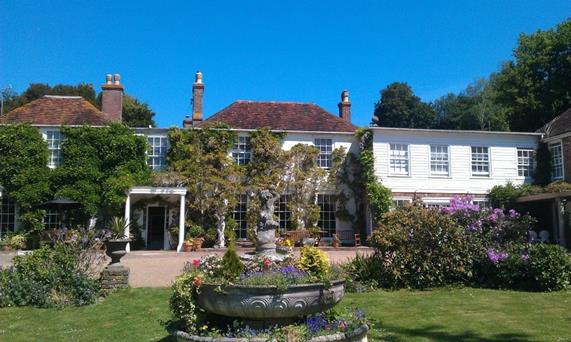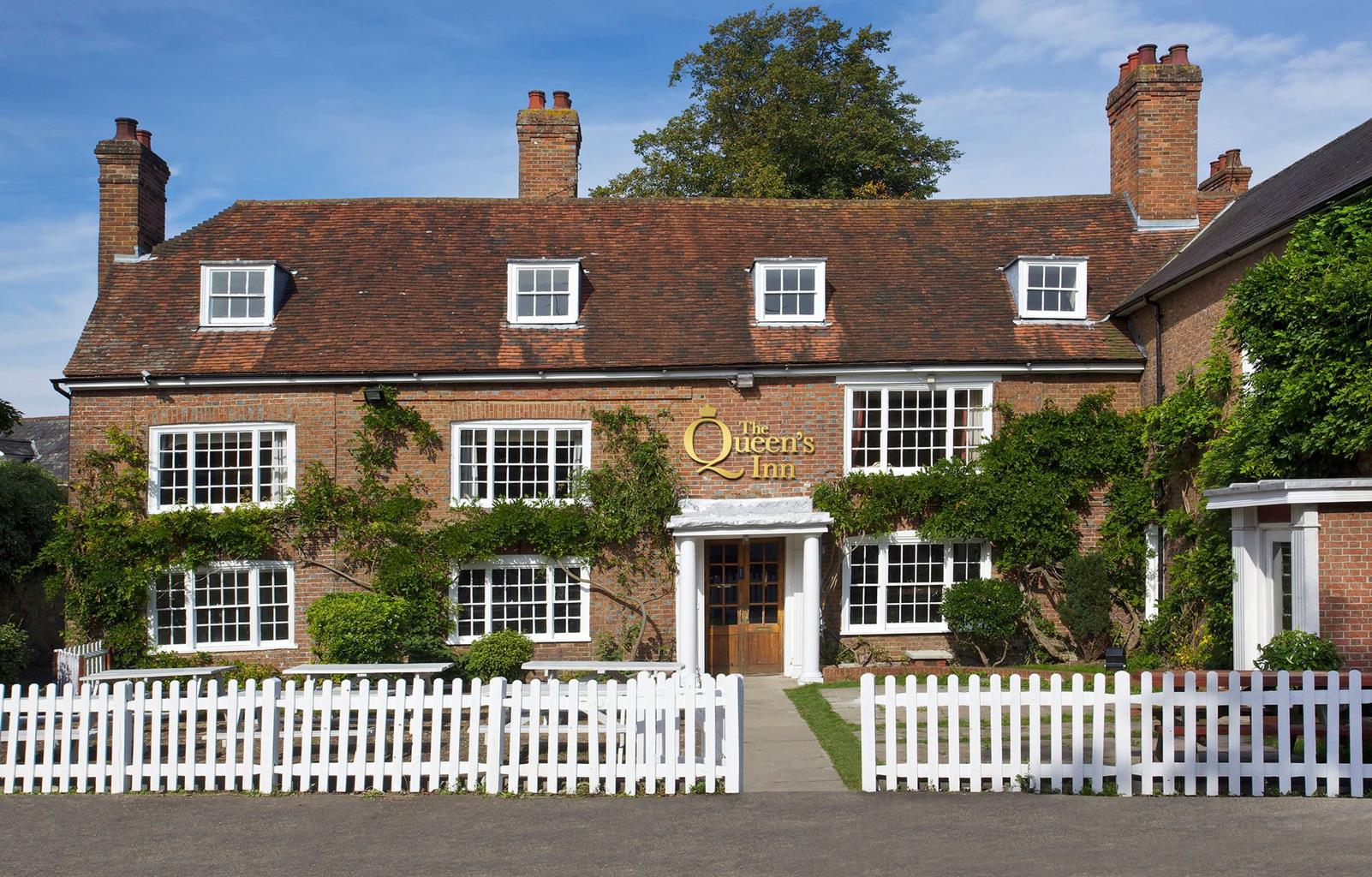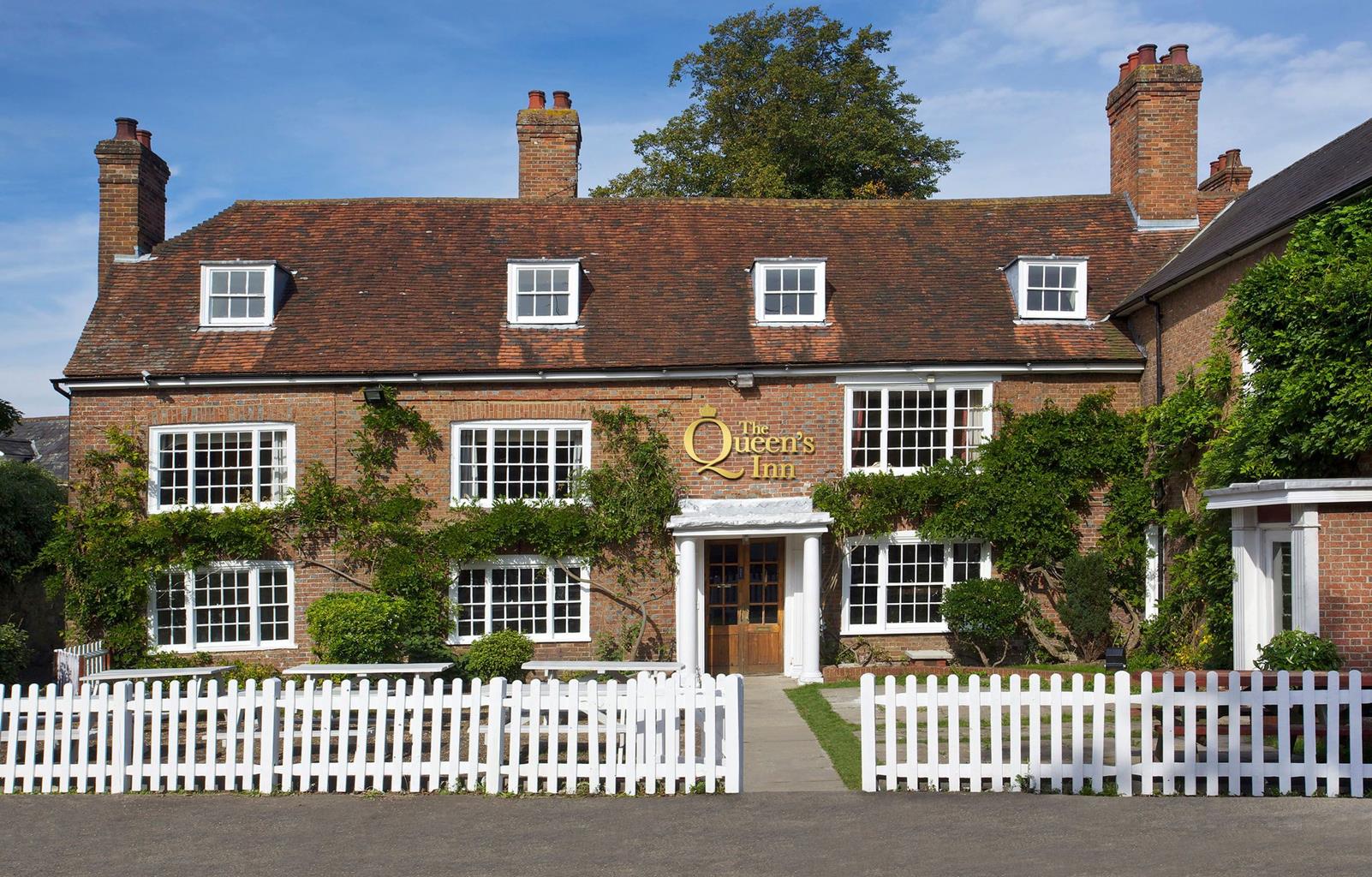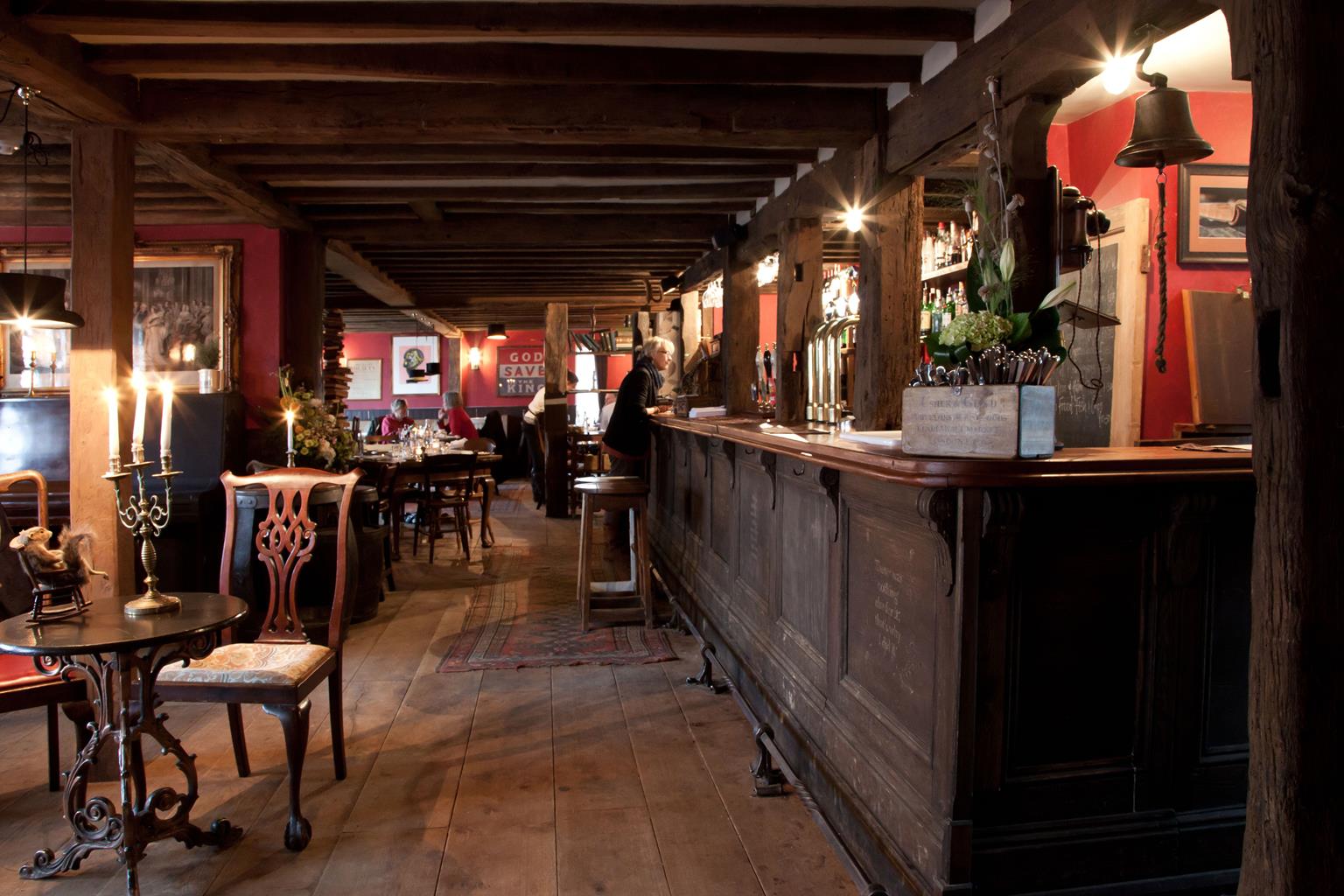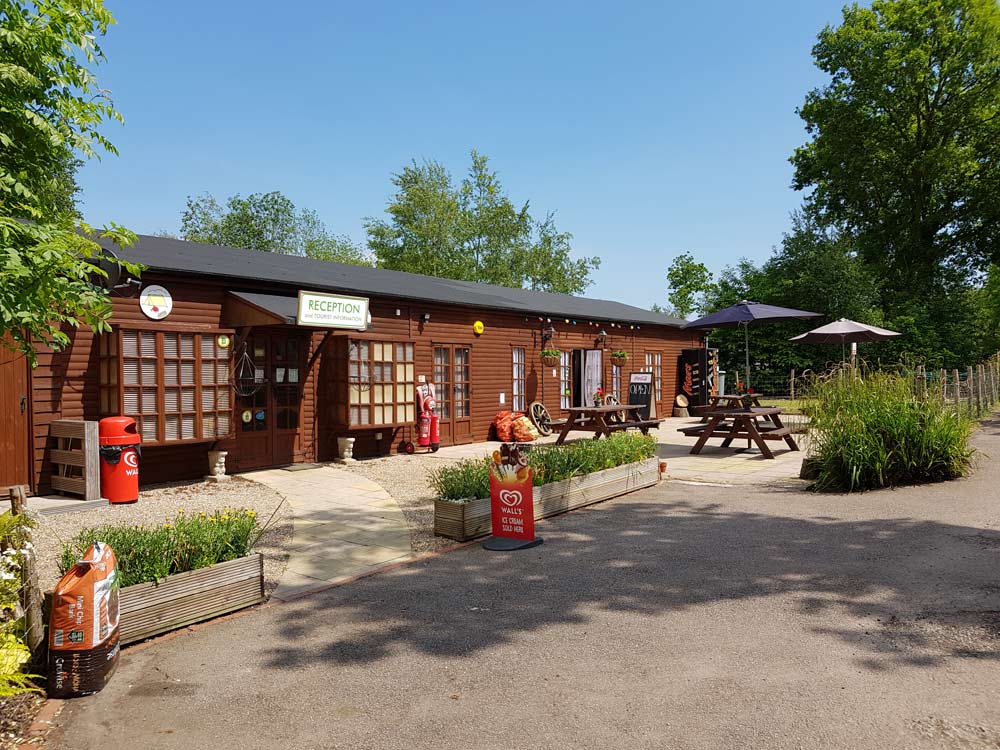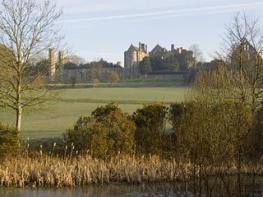South Lodge is a two-bedroom holiday cottage that comfortably sleeps up to four people. When…
Battle – Britain's most famous battlefield

Take a walk into history and visit the field where two men famously fought each other for the English crown.
5 miles (8kms)
About the walk
One of the most important and significant events of the last millennium, the 1066 Battle of Hastings represents a defining moment in British history. Visit the battlefield and you can still sense something of that momentous day when William, Duke of Normandy, defeated Harold and his Saxon army and became William the Conqueror of England. See the spot where Harold is believed to have fallen and, with a little imagination, you can picture the bloody events that led to his defeat.
William began by occupying a position on a hill about 400yds (365m) to the south of the English army, massed on a higher hilltop. Harold and his men fortified their formidable position and, following abortive uphill charges on the English shield-wall, the Normans withdrew, unable to breach the defences. It looked for a time as if victory was within Harold’s grasp until William rallied his men and executed two successful strategies. One was to instruct his bowmen to shoot their arrows indiscriminately into the air, though William had no idea that one of them would (so one version of the tale says) hit Harold in the eye, fatally wounding him. William’s other plan was to create the impression that his armies were fleeing the battlefield. Sensing victory, the English gave chase, but this was to be their downfall. The Normans rounded on them and won the battle.
William marched victoriously to London where he was crowned King of England. Before the Battle of Hastings, William had vowed that if God gave him victory, he would build an abbey on the site of the battle at Senlac Hill. This he did, with the high altar set up on the spot where Harold died. The abbey, thought to have been completed before William died, was significantly enlarged and improved over the years that followed. However, after the Dissolution of the Monasteries, much of it was converted into a private house by Sir Anthony Browne, Henry VIII’s Master of Horse. Battle Abbey is now in the care of English Heritage. This walk begins in the centre of Battle, so allow time before or after the walk to visit the abbey and its historic battlefield.
Walk directions
Turn left out of the car park and follow the track to a gate. Keep left along the bridleway beside woodland, the path swinging left to a fingerpost and junction of paths. Bear left with the 1066 Bexhill Walk marker and walk down the field-edge and through two gates. Keep ahead, soon to cross a drive via two gates, and follow the fenced path along the field-edge high above the road.
Cross the B2095 (taking care on the dangerous bend), walk along Telham Lane and take the private road right towards Peppering Eye Farm. After the farm, keep to the metalled drive for 0.5 miles (0.8km), passing under power cables and crossing a stream to ascend to a junction of paths by Powdermill Cottage. Turn left along a track through the trees to a gate, and bear left with the waymarker across a field.
Cross a footbridge to enter Fore Wood RSPB Nature Reserve. Bear right and follow the yellow-arrowed route through the wood, ignoring a path on the left and turning right at the far side of the wood where the path curves left at a bench. Go left at the fingerpost, cross a footbridge and follow the path right through scrub, parallel with the stream. On reaching an open field, keep left around the field-edge to leave at the top left corner. Cross a track and carry on along an overgrown and rough path in a wooded area, past a pond that is just about visible down to the left. This passes another larger pond, then soon emerges into a field; keep going straight ahead along the field-edge.
Reach a junction of tracks and bear left, then immediately right at a fork, curving left around a pond to emerge from the woodland by pheasant pens. Turn right up a grassy unwaymarked track 20yds (18m) before the pens. Soon enter woodland and continue to a footbridge. Turn left to a stile, then right along the field-edge passing a pond, and head across the field in line with distant barns, passing beneath power cables.
Beyond the next gateway, bear diagonally right downhill across the field to a gate and go forward up a track. Just before the barns, climb the stile on the right to follow the arrowed path around Millers Farm to reach a gate just before the brick farmhouse. Rejoin the track and follow it for 0.5 miles (0.8km).
Cross a road, pass beside a gate and follow the path through Powdermill Wood. Cross a footbridge and go along a fence by Farthing Pond, at the end of which fork left uphill along a narrow path through woodland to a kissing gate. Cross the field, aiming to the right of a cottage to reach another kissing gate. Turn right along a track, go through a gate and follow the 1066 Country Walk uphill through a field. Retrace your outward route back to the car park.
Additional information
Field and woodland paths, some road walking, several stiles
Gently undulating farmland and woodland
Enclosed woodland paths and stretches of 1066 Country Walk suitable for dogs off lead
OS Explorer 124 Hastings & Bexhill
English Heritage car park at Battle Abbey
Mount Street car park in Battle
WALKING IN SAFETY
Read our tips to look after yourself and the environment when following this walk.
Find out more
Also in the area
About the area
Discover East Sussex
East Sussex, along with its western counterpart, is packed with interest. This is a land of stately homes and castles, miles of breezy chalk cliffs overlooking the English Channel, pretty rivers, picturesque villages and links to our glorious past. Mention Sussex to many people and images of the South Downs immediately spring to mind – ‘vast, smooth, shaven, serene,’ as the writer Virginia Woolf described them. She and her husband lived at Monk’s House in the village of Rodmell, near Lewes, and today, her modest home is managed by the National Trust and open to the public.
There are a great many historic landmarks within Sussex, but probably the most famous is the battlefield where William, Duke of Normandy defeated Harold and his Saxon army to become William the Conqueror of England. By visiting Battle, near Hastings, you can, with a little imagination, picture the bloody events that led to his defeat. East Sussex’s pretty towns such as Lewes, Rye and Uckfield have their charms, while the city of Brighton offers museums and fascinating landmarks, the best-known and grandest feature being the Royal Pavilion.
Nearby stays
Restaurants and Pubs
Nearby experiences
Recommended things to do
Why choose Rated Trips?
Your trusted guide to rated places across the UK
The best coverage
Discover more than 15,000 professionally rated places to stay, eat and visit from across the UK and Ireland.
Quality assured
Choose a place to stay safe in the knowledge that it has been expertly assessed by trained assessors.
Plan your next trip
Search by location or the type of place you're visiting to find your next ideal holiday experience.
Travel inspiration
Read our articles, city guides and recommended things to do for inspiration. We're here to help you explore the UK.


